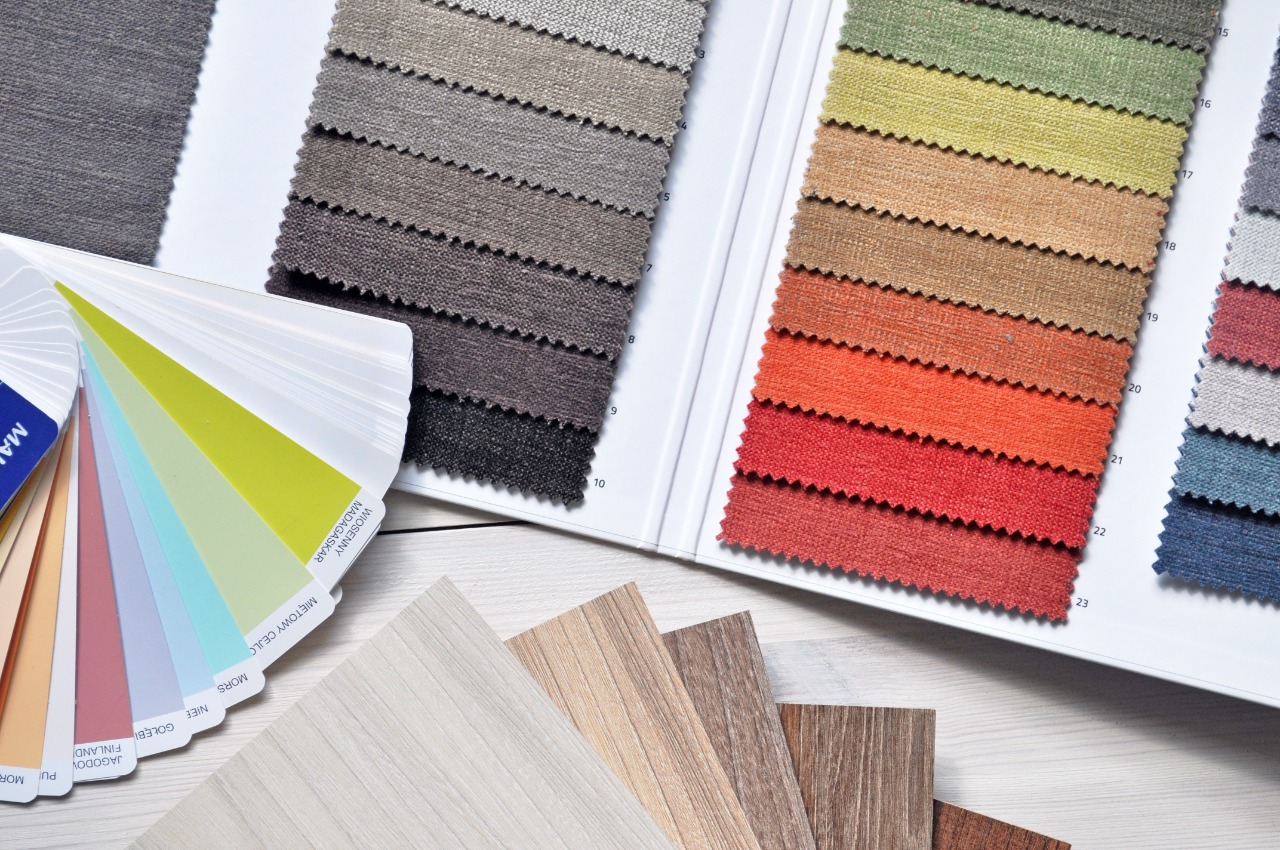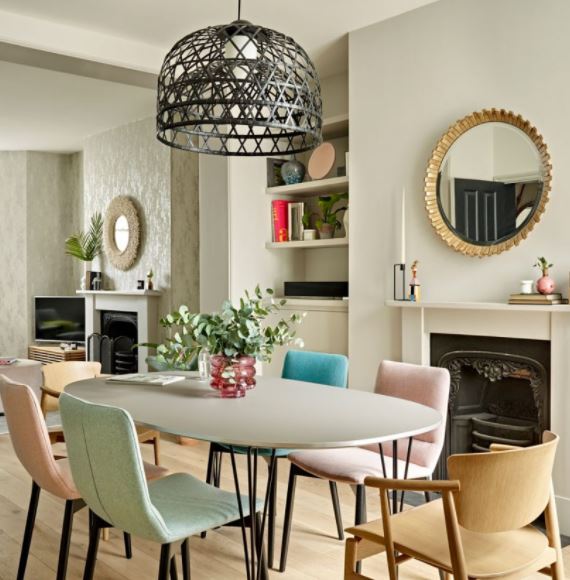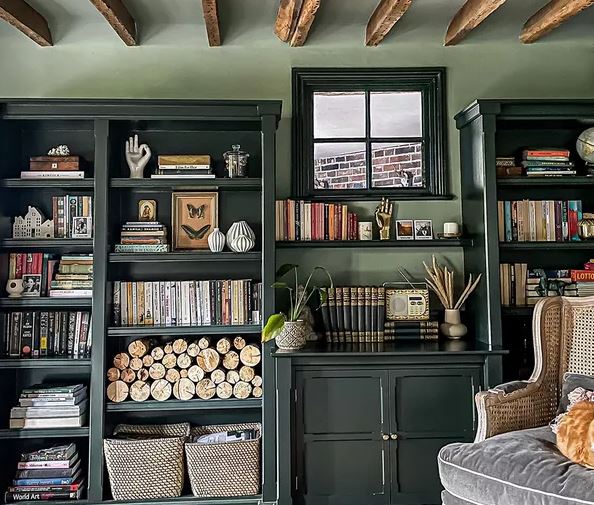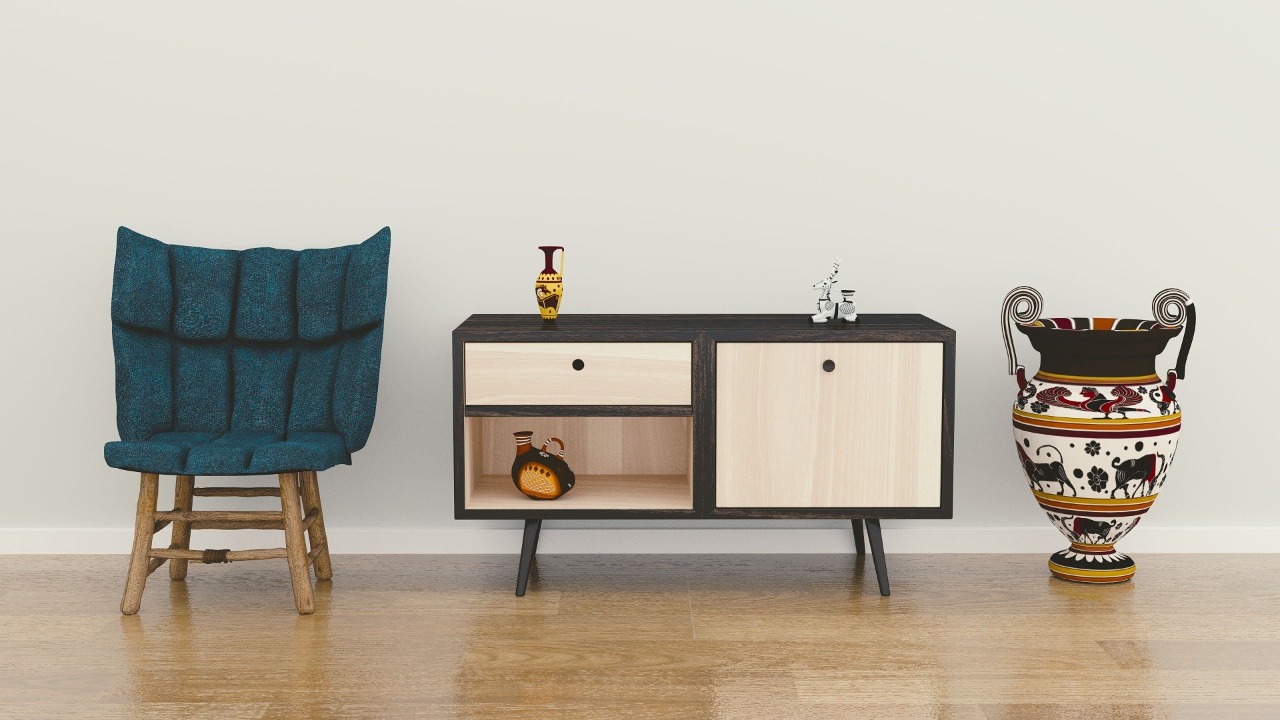Interior Design
Interior design, words like creativity spring to mind – Professional interior designers will usually follow a set of informal “rules”, based on specific interior design principles and elements. These interior design elements include space, line, forms, light, colour, texture and pattern and keeping them balanced is the key to creating an aesthetically pleasing interior. Enhancing the appearance of a space, getting these elements to work together in harmony will also bring an increased functionality. To start, an interior designer will assess the room according to these interior design elements, and then use them to disguise or enhance the various features and flaws of the space.




The foundation of an interior, space is a fundamental concept to understand, ensuring you’re best equipped to take advantage of what is available to you. The available ‘space’ usually can’t be easily changed (though sometimes a designer may have the luxury of doing so), so you need to work with what you have within the physical boundaries of the space and design we have the luxury of working within three dimensional space (length, width and height).This three dimensional space can be filled or left empty, depending upon what you need to achieve from a functionality and design perspective.
Interior design is a multi-faceted profession in which creative and technical solutions are applied within a structure to achieve a built Interior environment. These solutions are functional, enhance the quality of life and culture of the occupants, and are aesthetically attractive. Designs are created in response to and coordinated with the building shell, and acknowledge the physical location and social context of the project.
Designs must adhere to code and regulatory requirements, and encourage the principles of environmental sustainability. The interior design process follows a systematic and coordinated methodology. including research. analysis and integration of knowledge into the creative process, whereby the needs and resources of the client are satisfied to produce an interior space that fulfills the project goals. An interior designer is a person who is considered a professional in the field of Interior design or one who designs interiors as part of their job.




Space can be split into two categories: positive and negative space. Positive space is space containing objects, whilst negative space is the open/empty space (including any space between objects). Striking a balance between the negative and positive spaces of a room is essential to avoid overcrowding, or on the other end of the spectrum. This balance will be influenced by the client’s needs in the specific area/room and its required functionality. Interior design is a creative practice that analyzes programmatic information establishes a conceptual direction, refines the design direction, and produces graphic communication and construction documents.
- Interior decorator
- Kitchen and bath designers
- Interior designer
- Interior Stylist
- Wedding set designer
- Set designer
- Lighting designer
- Project manager
- Rendering
- Design Method
- Presentation
- Interior Design I
- Interior Design II
- Interior Design II
- Interior Design IV
- Furniture Design
- Studio Design Work
- Drafting
- Design Views
- Model Making
- Principles of Design
- Elements of Design
- Creativity and Problem Solving
- Furniture Design
- Estimation Rendering
- Perspective Drawings
- Colour for Designers
- Measured Drawings
- Interior De Furniture
- Materials and Finishes
- Joinery Detail
- Interior Design- Abstract
